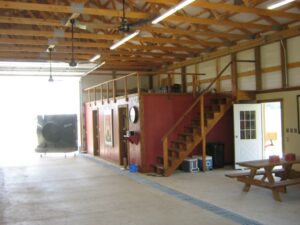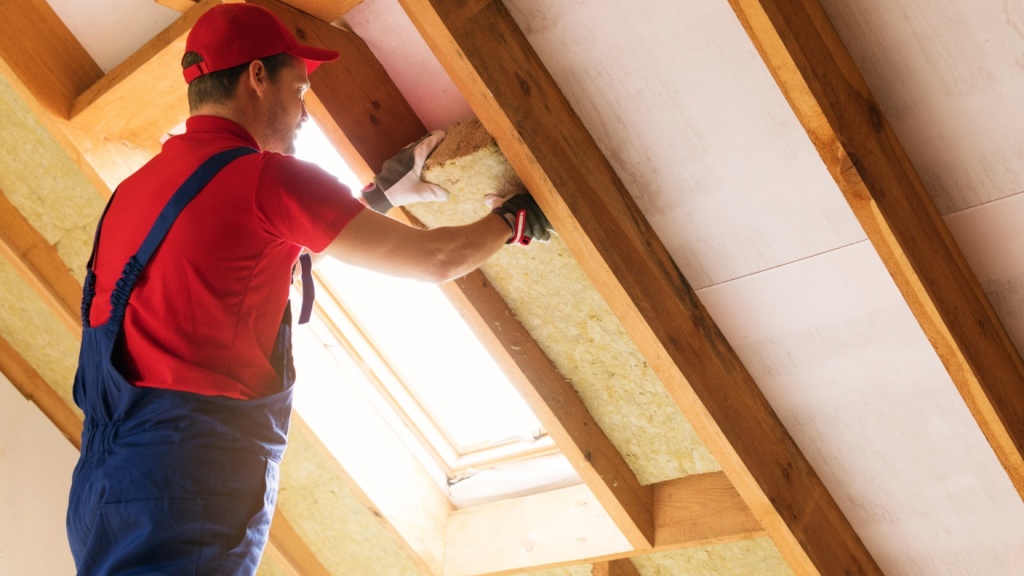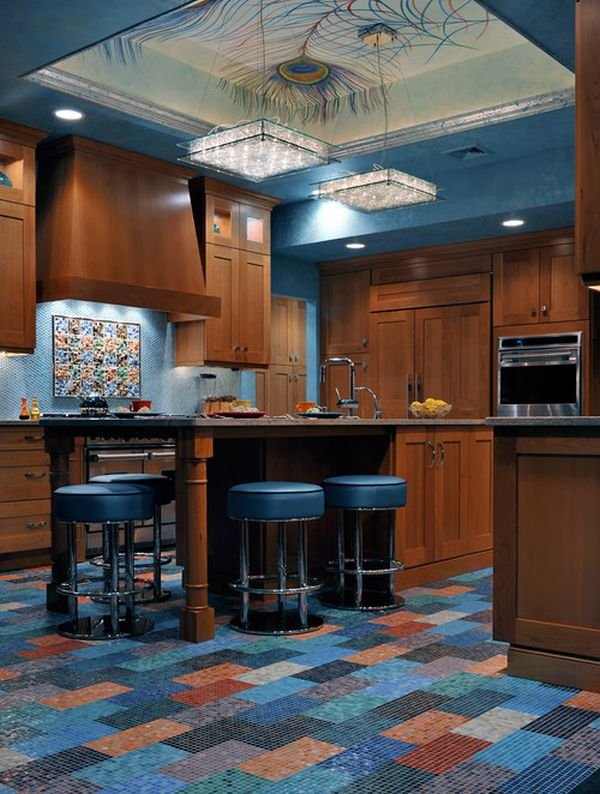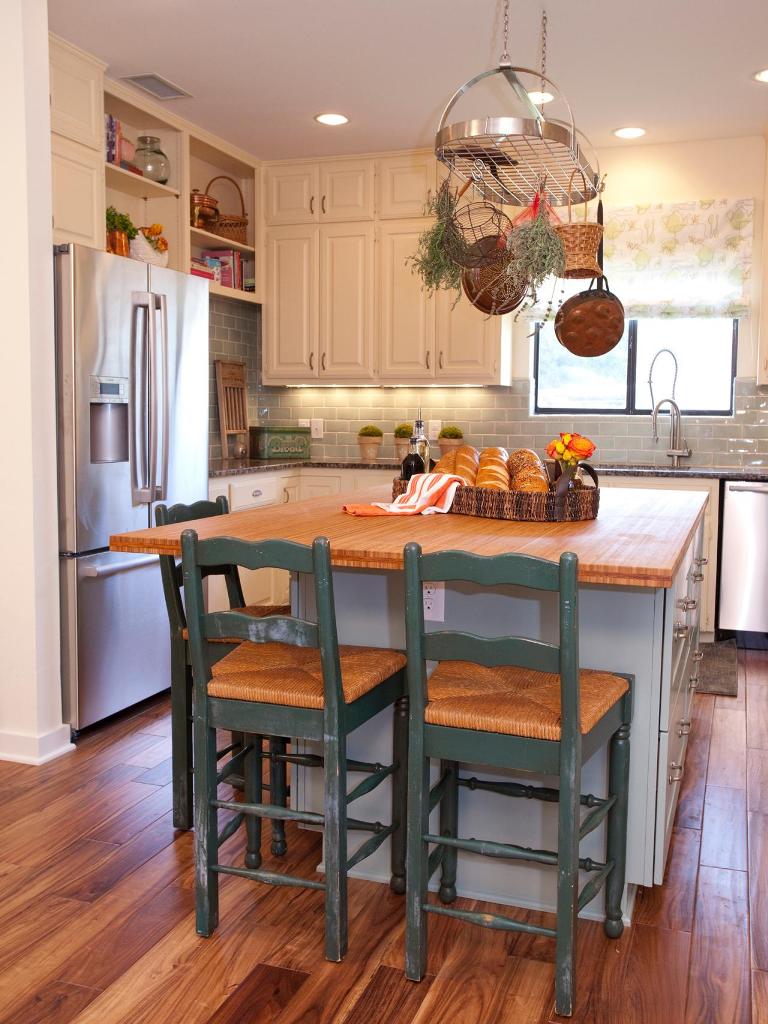Containing the heat within the building by minimizing heat transfer is the purpose of home insulation, which is the only way to make homes energy efficient. Sealing doors and windows properly and using double glazing for windows besides keeping the walls free from cracks through which heat transfer can take place are some of the ways of improving home insulation. Such measures help to improve the insulation of homes marginally. The primary heat transfer at homes takes place through the roof, which is the largest area of the building that receives maximum sunlight. During the day, the roof gets heated, and the heat passes into the building besides radiating into the atmosphere and increases the temperature of the surrounding air. Again, when the roof cools down in the evenings, the heat from inside the building passes through the roof and escapes into the atmosphere.
Roof insulation minimizes the heat transfer to and from the roof and helps to create a comfortable indoor environment by maintaining optimal temperature. Insulating the roof is the best way to derive the benefits of less use of heating and cooling equipment that translates into lower energy bills and saves cost. To make homes more energy-efficient, you must enhance the roof insulation by using extra layers of insulation and better quality of insulating material. It will help to maintain optimal indoor temperature throughout the year by keeping the interior of the building cool in summer and warm in winter. An experienced roofing contractor Columbus GA can guide you in improving roof insulation.
TIP: Insulation grants are available to homeowners under the ECO scheme. To find out how to qualify then click here to read through Warma UK’s guide on who qualifies for an insulation grant.
Loft insulation is quite affordable
To insulate the roof, you must go up to the attic and access the loft to see if it is free from the problems of condensation and dampness. Next, you can add a few layers of insulating material like mineral wool, cellulose, or fiberglass obtained from recycled waste materials. When done correctly, the insulation will help to maintain the indoor temperature at steady levels regardless of the season and the outside temperature.

Besides monitoring the indoor temperature to assess the effectiveness of the insulation, it is an easier way to observe if any pigeon or seagulls are sitting on the roof frequently. If it does, then it means that the birds are enjoying their time on the roof while soaking in the heat passing out from inside the building, which is a sign of inadequate roof insulation. Loft insulation costs very little, but the returns are quite high in terms of creating a cozy living environment inside homes and saving costs by lowering energy bills.
Enhancing the insulation
The nature of insulation has a direct impact on cost-saving as well as the comfort of living, and it is important to maximize the benefits by improving the quality of insulation. Before you set out to improve the insulation, you must be clear about what kind of temperature you want to maintain inside without depending on the heating and cooling machines. Since different insulating materials have a different thermal rating, which is a measure of its ability to resist heat transfer, knowing what you want to achieve will help to select the right material and decide what thickness of the insulation can work effectively.
R-value of insulating material
To know how much extra insulation you need to achieve the desired control on the heat transfer rate to and from the roof, you must know the insulating property or the thermal capacity of the existing insulating material as well as the material that you intend to use. This would give you the right idea about the efficiency of the insulation. The R-value is a number that corresponds to the ability of the insulating material to resist heat flow and denotes the efficiency of insulating materials. More is the R-value; better is the insulation, and adding more layers of insulation is one of the ways of increasing it. To make it easy for buyers, the US Department of Energy and Environment Protection Agency has identified R-value zones depending on the temperature and climatic conditions. This should help you to know the optimal R-value of insulation that can meet your needs. For example, residents of central California who belong to Zone-3 will need insulation of R30 to R60 for their attic.
Estimate the quantity of insulation required
The quantity of insulation will depend on whether there is existing insulation, or it is entirely new. If there is existing insulation that you want to improve, then you must first measure its thickness or depth. Some new homes have a ruler installed that makes the measurement easy. The width of some type of insulating material like blown-in-insulation tends to settle over time, and R-value ranges between 2.9 and 3.7 for loose insulation. At the same time, the same for batt-insulation is between 3.1 to 3.5. Knowing the insulation material and the type of insulation and its thickness will help to determine the R-value of the existing insulation. Finding the difference between the desired R-value and the existing one will tell you the amount of insulation to add.

Add insulation
When adding insulation, you must ensure that the work should not disrupt the working of the plumbing and heating fixtures that lay close to the area you want to insulate. Building wooden dams around the fixtures and extending the height of the existing dams should help to work around. To maximize the efficiency of insulation, seal any gaps between the rafters and the attic.
Cover the existing insulation to the required depth if you want to add loose insulation. Fluffing the insulation properly helps to perform efficiently, and you must follow the manufacturer’s guidelines about the right way of fluffing. Packing the insulation too tightly will reduce its efficiency. While insulating, remember to leave gaps to keep the attic vents open. Baffles help to direct the airflow from the vent towards the roof peak, and you must ensure that the baffles are in place. If not, then attach them with staples to the underside of the roof’s sheathing. To keep your house aesthetic on the outside as well, you can invest in accent siding to create a contrast of colors. The most popular colors are white and grey.
Proper roof insulation can reduce by 97% heat penetration through the roof during summer and remains equally effective in winter.










